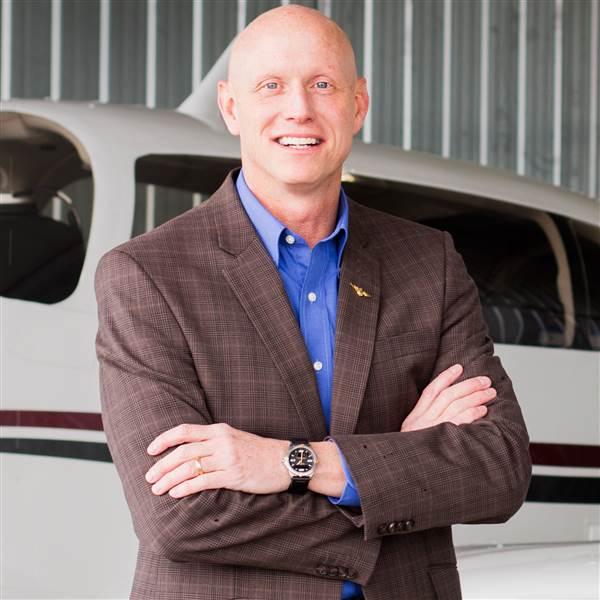Safety Spotlight: The rules are hurting us
We need low-cost pathways to safety features
This tragic accident scenario highlights the fact that antiquated certificated systems installed decades ago fail with alarming regularity. Because the rules that govern replacing components on certified aircraft are woefully outdated, replacing legacy systems with modern avionics and safety-enhancing systems is prohibitively expensive.
The average age of aircraft in the general aviation fleet is more than 40 years, and a large percentage still have instrumentation and systems that are original to the aircraft. Think about what state of the art looked like 40 years ago: Typewriters, record players, and carbureted automobiles were commonplace. Fast forward to 2016 and a supercomputer now fits in your pocket; cars have advanced electronic systems, with myriad safety features built in. Why, then, is GA safety innovation so stagnant? The answer is simple: the rules.
Because of the rules that govern FAR Part 23-certificated aircraft, modernizing a legacy certified aircraft is absurdly expensive. Experimental amateur-built aircraft, on the other hand, are not subject to the same requirements. If you own an Experimental aircraft, you can install modern, safety-enhancing technologies as soon as they are available—and for a fraction of the cost.
In order to install something into a certificated aircraft, it has to be approved under an FAA parts manufacturer approval (PMA) or technical standard order (TSO). This is an expensive, time-consuming process for manufacturers, and those costs get passed on to the consumer. When it comes to modernizing older aircraft, costs and safety have an inverse relationship—if it costs too much, aircraft owners are forced to go without.
Experimental aircraft are flying in the same airspace, performing the same missions, and going through the same clouds as certificated aircraft. But Part 23-certificated aircraft cannot install these low-cost, proven, noncertificated systems. The rules essentially say that decades-old, unreliable, certified “junk” is better than modern, highly reliable non-TSOed products. This makes no sense.
There’s already a mountain of evidence supporting an increase in safety from low-cost technology. Widely adopted portable electronics such as handheld GPS and the iPad provide information such as in-cockpit weather, terrain warnings, flight planning, and navigation. They have been a giant leap forward for GA. But installation and integration are required to recognize the full benefit of safety-enhancing systems such as electronic ignition; autopilots with envelope protection; and PFDs/MFDs with redundant attitude heading reference systems, air data computers, and backup batteries.
A lot of fuss has been made about the potential improvements to come as a result of Part 23 reform, but certification reform isn’t the whole story. The FAA also has been working on a program called Non-Required Safety Enhancing Equipment (Norsee), which would create a method of approval to allow owners of certificated aircraft to install safety-enhancing equipment that doesn’t interfere with existing certificated systems. That’s a good incremental step, but not a solution. Neither Norsee nor the new Part 23 rules provide a clear pathway for owners of certificated aircraft to fully replace outdated, unreliable, and potentially dangerous equipment with modern, safety-enhancing non-TSOed gear.
Some will argue there have to be standards, and I agree. Certificated aircraft do come with higher safety expectations than Experimentals, but that should not stifle innovation. With a reasonable set of standards in place; demonstrated equivalent levels of safety; and practical design, production, and installation requirements, we could easily have a pathway that would allow non-TSOed products to be installed in Part 23 aircraft.
I am hopeful that as we move forward, the FAA will embrace this idea and provide the existing GA fleet with a way to modernize and gain important safety enhancements. AOPA and the AOPA Air Safety Institute are working hard to make this happen. Creating low-cost pathways to install safety-enhancing equipment is not simply an academic exercise, but is meaningful, lifesaving work and worthy of our best efforts.
Email [email protected]
George Perry is senior vice president of the AOPA Air Safety Institute.



